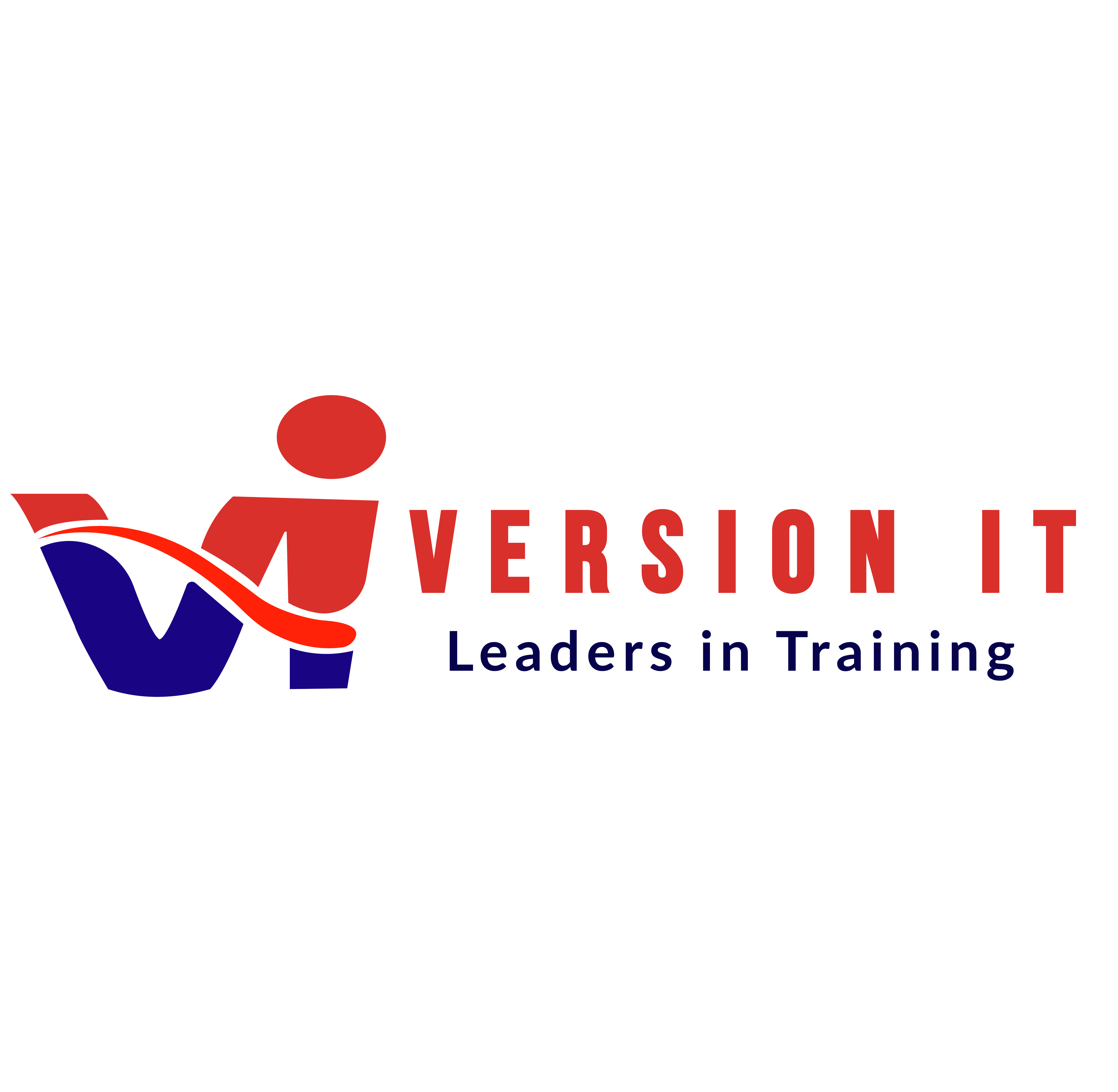Home > Courses > Full Stack Courses > Java Full Stack Course
Java Full Stack Training in Hyderabad
Version IT’s Java Full Stack Training is an advanced course for those who can cope with the development dynamics in today’s IT world. Our course makes sure that you’re no longer seen as an ordinary graduate who can only handle one or two sides of technology.
37 Modules
with Certifications
Certificate
After Completion
English
Language
Is it your dream to build a successful professional career in the rapidly changing technology industry? For all those interested in acquiring excellence in IT education, look no further than Version IT. Join us for our Java full stack training in Hyderabad that will provide you with all the essential skills needed for successful operation in the current world of business.
Course Features
The Java Full Stack course in Hyderabad includes HTML, CSS, JavaScript, Spring Boot development as well as database handling through MySQL. Highly skilled tutors develop learning material using real-life project scenarios that allow students to learn in practice while understanding concepts.
The course comprises interactive tutorials, workshops, and simulations that prepare the students for the actual environment. With this method, you will understand the theories well and have enough courage to apply them in practice.
Outcomes
When you finish your IT’s Java Full stack course in Hyderabad, you will be ready with everything that is needed for developing the end-to-end applications yourself. In this case, you will be trained on how to create responsive and interactive user interfaces using dynamic languages, build reliable back-end systems, and link all these up in a streamlined manner. Having gone through this extensive training, you will become an indispensable part of a very competitive job market.
Institute of full-stack certified Java course in Hyderabad.
There is no match for another full stack course Institute based on Java in Hyderabad, named Version IT with modern and well-appointed premises of classrooms, trainers who are experts, and interesting surroundings for learning. Our dedication to quality education gives you an outstanding educational experience that puts you on the road toward a promising career in information technology.
Register with Version IT’s Java Full Stack Course in Hyderabad; it opens all windows! Do not sit on the fence but become an in-demand Java full-stack developer and create your market niche within this competitive information tech environment. The journey of your success commences here!
Topics You will Learn
Core Java
Introduction To Java:
- History of Java
- What is Java , Java Flavors, characteristics
- JVM Architecture
- Bytecode
- Class Loader
- Unicode
- Class path
- Path
Fundamentals of Java Programming
- Object oriented concepts ( OOP )
- Keywords, Datatypes, Variables, Operators, Casting
- Selection statement ( if, switch )
- Control statements ( while, do while , for )
- Conditional statements ( if, else, elseif, ?
- static
- Arrays
Object Oriented Programming with Java
- Classes and Objects
- Structure of a class – its internals ( Data Members, methods )
- Using static
- Constructor
- this keyword
- modifiers
- playing with the object ( copying, casting )
- Garbage collection
- Abstract class
Inheritance
- Basics (extends keyword )
- Modifiers and their scope
- Deriving a class
- super, final keyword
- why java does not support multiple inheritance?
Polymorphism
- overloading a method
- overloading a constructor
- method overriding
- accessing base class method
Packages and Interfaces
- basics
- modifiers and their scope chart
- setting classpath
- compiling and accessing a packaged class
- types of packages
- user defined package
Exploring java.lang package
- String, StringBuffer, Arrays,
- Wrapper classes
Exception Handling
- Basics
- Hierarchy of exceptions
- Handling exception – Try, catch, finally, throw, throws
- User defined exceptions
Threads
- Basics, Thread class , Runnable Interface
- Thread model
- Life cycle – start(), run()
- Scheduling
- Deadlocks / concurrency issues
- Synchronization – as a block, as a modifier
- Daemon thread
I/O Streams
- Introduction
- Hierarchy of streams
- IO Stream, Byte Stream, Character Streams
- BufferedInputStream, BufferedOutputStream
- Reader and Writer class
- BufferedReader, PrintWriter
- Serialization
Collection Framework
- basics, hierarchy
- legacy classes – Vector, Queue, Stack, Enumeration, Dictionary, Properties
- List, ArrayList, LinkedList Set, HashSet, TreeSet, Map, HashMap, TreeMap, Generics
- Annotations
- Boxing / Unboxing
- Enums
Introduction to functional style of programming
Mini application – discussion / implementation
- Tools
- Javadoc
- javap
- jar
- IDE Tools
- eclipse
- myeclipse
Spring
Spring core
- Types of containers
- Xml configuration
- Core annotations
- Component – scan
- What can be injected into a bean
- Understanding core annotations
Spring MVC
- Handler Mapping
- Controllers
- View resolvers
- Validators
- interceptors
Spring DAO
- Jdbc templates
- Exception hierarchy
Spring ORM
- Hibernate template
- Integration with hibernate
Spring AOP
- Point cut
- Advisors
- Types of advices
Spring – webservices ( Restful API ) Spring security
Spring JPA
Hibernate
Introduction
- Introduction to ORM ( Object Relational Management )
- Benefits of ORM
- Contrast JDBC with ORM
- Hibernate Jar files
- Hibernate Architecture
- SessionFactory , Session, Transaction, Query
- Understanding config files .hibernate.xml,.hbm.xml
- Performing CRUD operations
- load, get, save, saveorupdate, delete
HQL
- working with various SQL commands accessing more than one object from the table
Mapping
- Inheritance
- Collection
- Composition
- Association
Cache
- Level – I and II
- Using third party to configure L2 cache
Criteria
Interfaces / classes implementation
Note : an application using the above technologies – Domains : Telecom , LMS, etc…
Spring Boot
- Introduction / benefits Spring Boot overview
- Bootstrapping an Boot application – Initializer
- Auto Configuration Spring Boot annotations Spring Boot properties
Spring Boot profiles
- Accessing data with Spring Boot and h2 database
- Configuring Spring Boot with spring MVC application
- Building a Restful web application with Spring Boot Highlights of Training
An application based on Spring boot – Either migration / new one
- Industry experienced Professional
- Hands-on experience with Project orientation Interview based Questions
- Advanced Java Training Syllabus
Fundamentals
- Client, Server, Port, Application, Web Server, Application Server, Web Client and Web Application
- Installation of Java and Understanding PATH and CLASSPATH
- Installation of Eclipse
- Installation of Tomcat and structure of Tomcat Linking any Web Server with Eclipse
- Static Resource Access from Tomcat
Servlets
Servlet Internals and Servlet Programming What are Servlets and why do we need Servlets?
Servlet Development with Eclipse
- Developing Servlets
- Compiling Servlets
- Deployment and Invoking of Servlets Purpose of Servlet Mapping and web.xml Servlet Architecture
- Detailed Architecture of Servlets
- Discussion of Generic Servlet, Http Servlet Interfaces
- Programming examples Servlet Life Cycle
HTTP Internals
Detailed discussion of all parameters of request and response packets
Discussion of Http Servlet Request and Http Servlet Response interfaces
Session Tracking API
- Practical visualization of Http Session objects and Session table
- Session Tracking API
- Session Tracking Programming
Cookies, URL Rewriting and Hidden Form Fields Servlet Config Object
Servlet Context Object Request Dispatcher Object
Filters
- Why do we need filters?
- Filter, Filter Chain, Filter Config interfaces
- Programming examples
Application / Attribute Lifecycle Listeners Why do we need Lifecycle Listeners?
Servlet Context and Servlet Context Attribute Listeners
Session and Session Attribute Listeners Programming examples
JSP
Java Server Pages( JSP ) Internals and Programming
What is JSP? Why do we need JSP? JSP development with Eclipse
JSP Life Cycle
Predefined Objects of JSP
request, response, out and session objects config, application, pagecontext objects Scripting Tags ( Writing Java code inside JSP )
Directives
@page, @include directives Action tags of JSP
Difference between jsp : forward, jsp :include and @include tags
Programming examples to illustrate each tag Expression Language
Why do we need EL?
Reading scoped attributes using EL Reading bean properties using EL Reading collections using EL Operators of EL
Programming examples to illustrate each usage JSTL ( JSP standard tag library )
Why do we need JSTL? Looping tags
Control tags Database tags 118N tags
Programming examples to illustrate each category of tags
Custom tags
Custom tag creation based on Servlets Custom tag creation based on JSP concept of tld file
programming examples to illustrate each concept
Java Beans
What are Java beans and why do we need Java beans?
Action tags for java beans
MVC Architecture
Why do we need MVC?
Discussion of pros and cons of Servlets, JSP and JavaBeans
Programming example to illustrate Business logic, Controller logic, Presentation logic and Bean creation
JDBC
Java Data Base Connectivity ( JDBC ) internals and programming
What is JDBC ? Why do we need JDBC ?
Discussion of JDBC driver types and Driver Manager Connection object
Statement types and Discussion of each type of Statement Objects
Result Set Types and Discussion of each type Stored Procedure Access from java applications Transaction Programming with JDBC
Save point and Row Set
Data Source and Connection Pooling Batch Updates
JNDI
Explanation on Usage of important Practical Tools Eclipse
J boss, Web logic, Tomcat
Database – Overview Introduction to MySQL
MySQL Installation
DDL Commands DML Commands
Operators Functions
Constraints Joins
Views Indexes
DCL Commands TCL Commands MySQL Cursors Exception Handling Stored Procedure Stored Functions
Micro Services – Overview
- Micro Services Introduction Principle and Characteristics Use cases and Benefits Challenges
- Design standards
- Micro Services Communication Pitfalls
UI Development – Over View
- HTML 5
- CSS 3
- Java Script Advanced JavaScript Boot Strap
- Angular jQuery Ajax
Dev Sec Ops Tools – Overview
- Docker
- Agile with Jira Chef
- LOG4J / SLF4J
- GitHub Gradle Maven ELK
- Heroku Sonar Qube
- Amazon Cloud Watch Data dog
Cloud – Application Deployment on Cloud
- AWS Cloud What is AWS
- Introduction to AWS Services Amazon Cloud Services Create EC2 Instance in AWS
- Deploy Spring Boot Application on AWS | Elastic Beanstalk
- AWS Advanced Research and Development- Live Deployment
Let Your Certificates Speak

- Certified Java Full Stack Developer: Mastering the Art of End-to-End Development Excellence.
- Certifications improve your programming profile and are accepted across the world.
- Certificates are issued upon the course's conclusion.
All You Need to Start this Course
- Familiarity with object-oriented programming (OOP) concepts.
- Familiarity with relational database management systems (RDBMS) such as MySQL, PostgreSQL, or Oracle.
Testimonials




Still Having Doubts?
Java Full Stack Development refers to the ability to work on both the front-end and back-end components of a web application using Java technologies. It involves proficiency in Java for server-side development and expertise in front-end technologies such as HTML, CSS, and JavaScript.
Key technologies include Java, Spring (for back-end development), HTML, CSS, JavaScript, and front-end frameworks like Angular, React, or Vue.js.
Yes, a Java Full Stack Developer is expected to have expertise in both front-end and back-end technologies to develop end-to-end solutions.
Spring is a popular framework for building Java-based enterprise applications. In Java Full Stack Development, it is often used for back-end development, providing features such as dependency injection, data access, and security.


